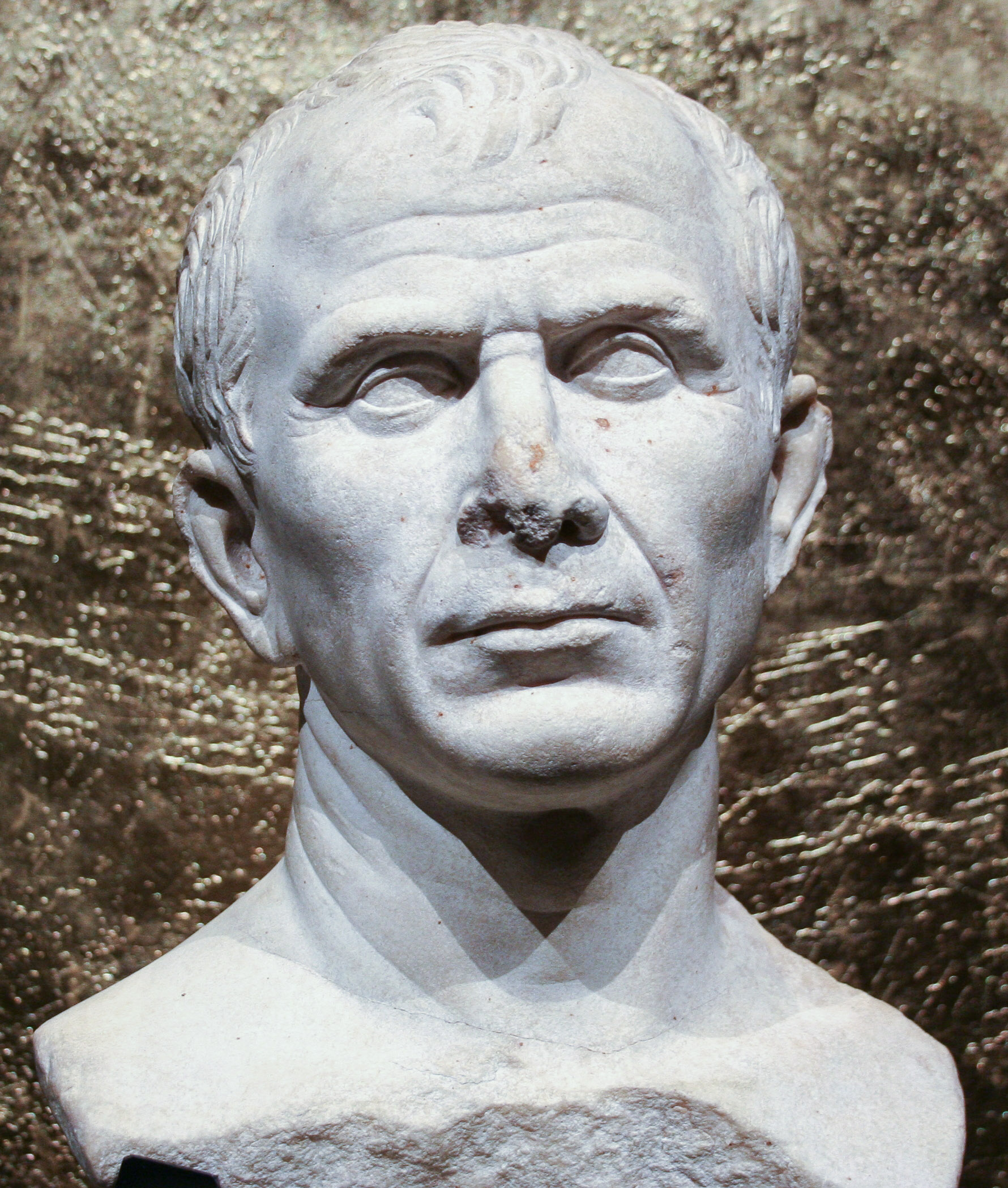Arles Bust on:
[Wikipedia]
[Google]
[Amazon]
 The Arles bust is a life-sized marble bust of a man, possibly
The Arles bust is a life-sized marble bust of a man, possibly
 The Arles bust is a life-sized marble bust of a man, possibly
The Arles bust is a life-sized marble bust of a man, possibly Julius Caesar
Gaius Julius Caesar (12 or 13 July 100 BC – 15 March 44 BC) was a Roman general and statesman. A member of the First Triumvirate, Caesar led the Roman armies in the Gallic Wars before defeating his political rival Pompey in Caesar's civil wa ...
, dating to around the 1st century BC. It is part of the collection of the Musée de l'Arles antique.
It was discovered in September–October 2007 in the Rhone River near Arles
Arles ( , , ; ; Classical ) is a coastal city and Communes of France, commune in the South of France, a Subprefectures in France, subprefecture in the Bouches-du-Rhône Departments of France, department of the Provence-Alpes-Côte d'Azur Reg ...
, southern France, by divers from the French Department of Subaquatic Archaeological Research. During the same campaign, divers also recovered smaller statues of Marsyas
In Greek mythology, the satyr Marsyas (; ) is a central figure in two stories involving music: in one, he picked up the double oboe (''aulos'') that had been abandoned by Athena and played it; in the other, he challenged Apollo to a contest of ...
in Hellenistic
In classical antiquity, the Hellenistic period covers the time in Greek history after Classical Greece, between the death of Alexander the Great in 323 BC and the death of Cleopatra VII in 30 BC, which was followed by the ascendancy of the R ...
style and a life-size marble sculpture of Neptune
Neptune is the eighth and farthest known planet from the Sun. It is the List of Solar System objects by size, fourth-largest planet in the Solar System by diameter, the third-most-massive planet, and the densest giant planet. It is 17 t ...
dating, from its style, to the 3rd century AD.
Analysis
The uncompromising realism of the portrait places it in the tradition of late Republican Roman portrait and genre sculptures of the 1st century BC. The archaeologists who discovered the bust claimed that it was a portrait of Julius Caesar, and dated it to approximately 46 BC, making it the oldest known representation of Caesar, according to France's Minister of Culture, Christine Albanel. They further suggested that the bust was discreetly disposed of after Caesar's assassination in 44 BC, when portraits of him could have been politically dangerous possessions. The story of the discovery was carried by many major media outlets. British classicist and historian Mary Beard objected that there was no basis whatsoever for identifying the bust as Caesar, and accused those involved in the discovery of staging a publicity stunt. Other historians were also quick to dispute the identification, among them Paul Zanker, an archaeologist and expert on Caesar andAugustus
Gaius Julius Caesar Augustus (born Gaius Octavius; 23 September 63 BC – 19 August AD 14), also known as Octavian (), was the founder of the Roman Empire, who reigned as the first Roman emperor from 27 BC until his death in A ...
. Many noted the lack of resemblances to Caesar's likenesses issued on coins during the last years of the dictator's life, and to the " Tusculum bust" of Caesar, which is accepted as a depiction of Caesar from his lifetime, based on its similarity to the coin portraits.
After a further stylistic assessment Zanker dated the Arles bust to the Augustan period. Elkins pointed out the 3rd century AD as the outside '' terminus post quem'' for the deposition of the statues, thereby disputing the claim that the bust was thrown away due to feared repercussions from Caesar's assassination in 44 BC.
Controversy about the identity of the bust is ongoing among French archeologists.
See also
* Chiaramonti Caesar * Green CaesarNotes
External links
{{Julius Caesar 1st-century BC Roman sculptures 2007 archaeological discoveries Archaeological discoveries in France Arles Busts in France Busts of Julius Caesar Hellenistic-style Roman sculptures Marble sculptures in France